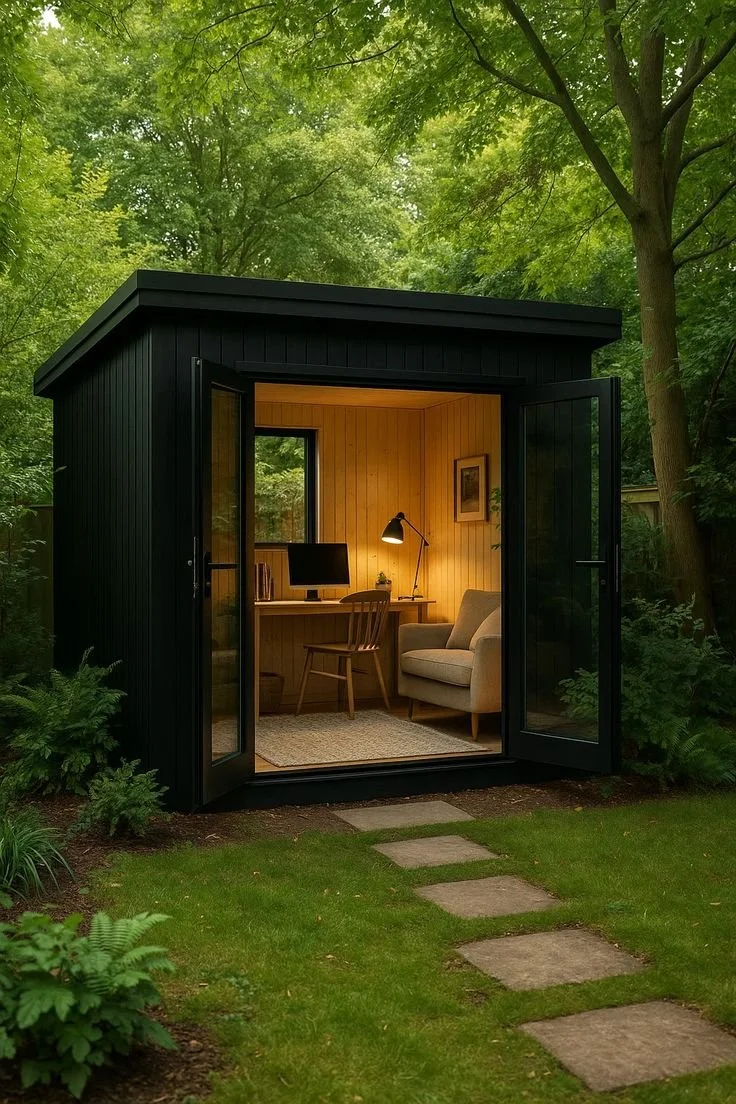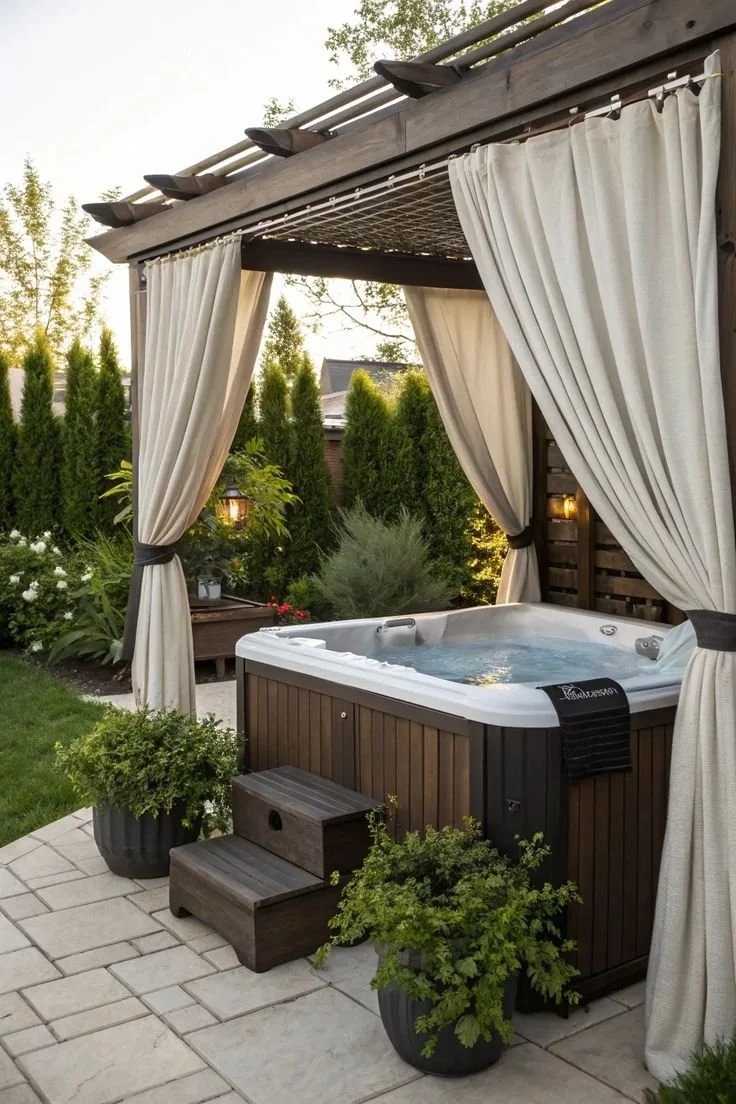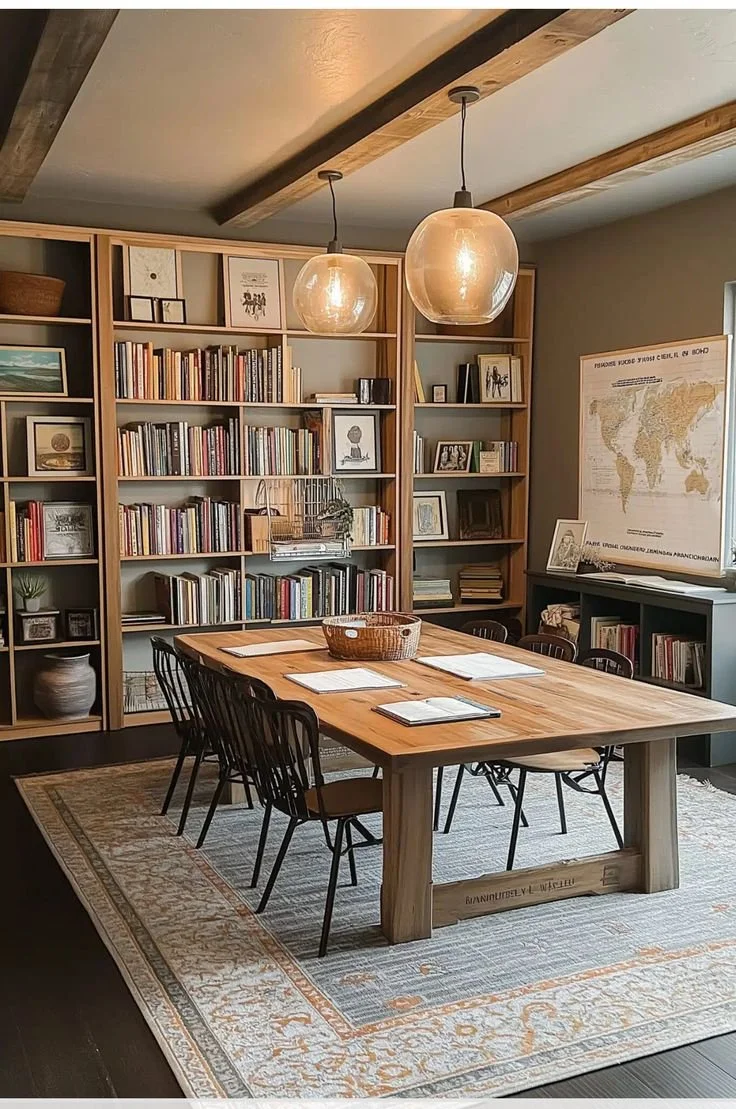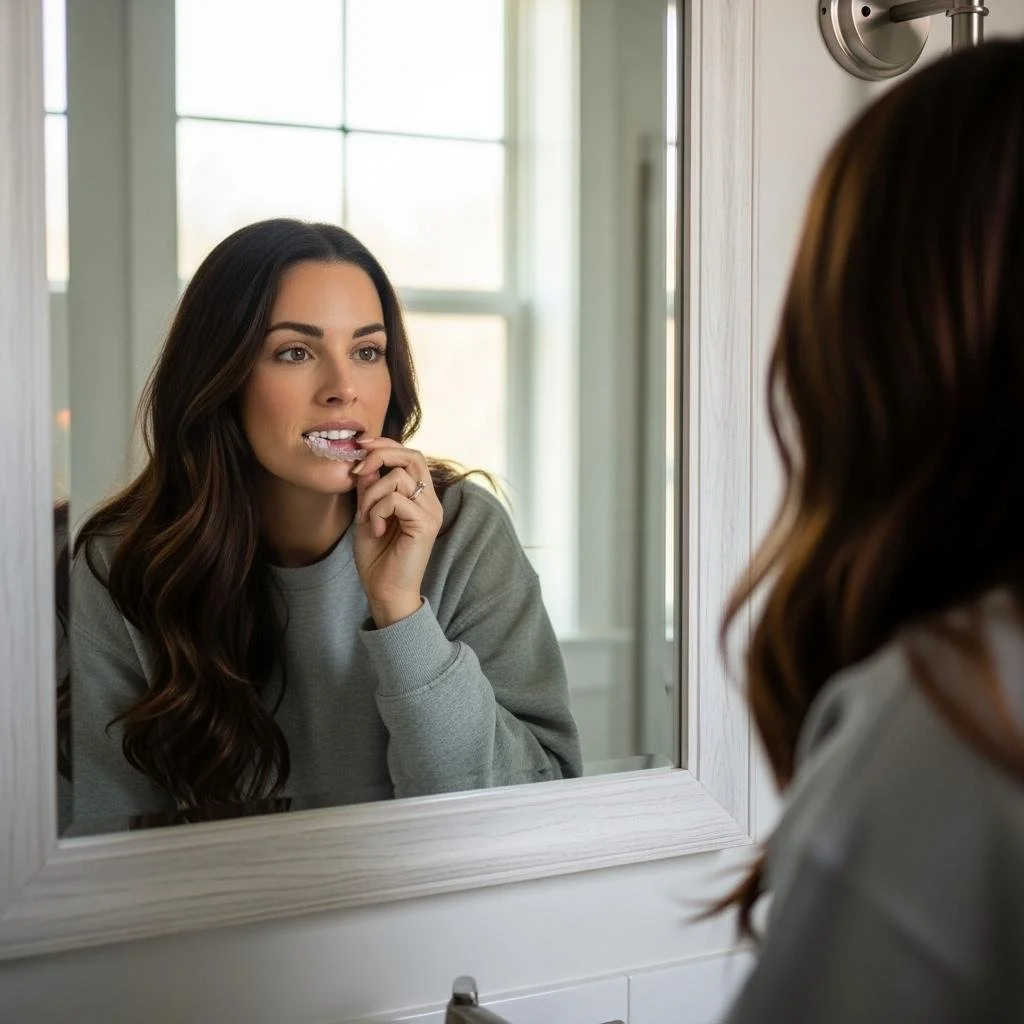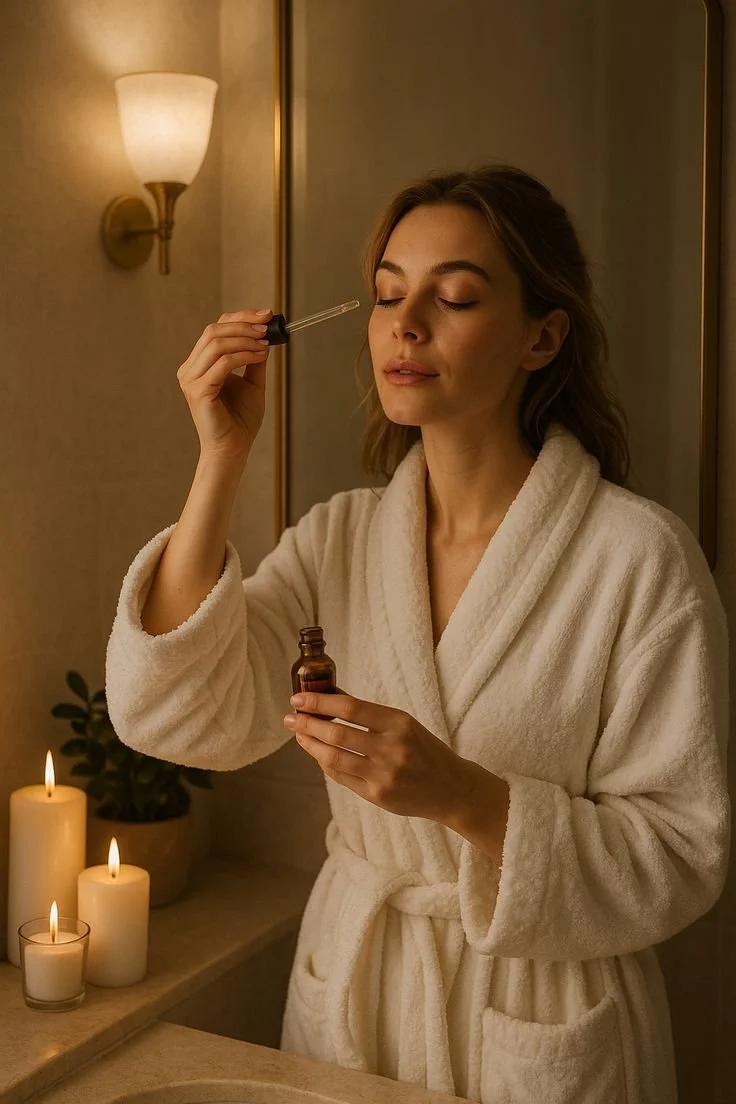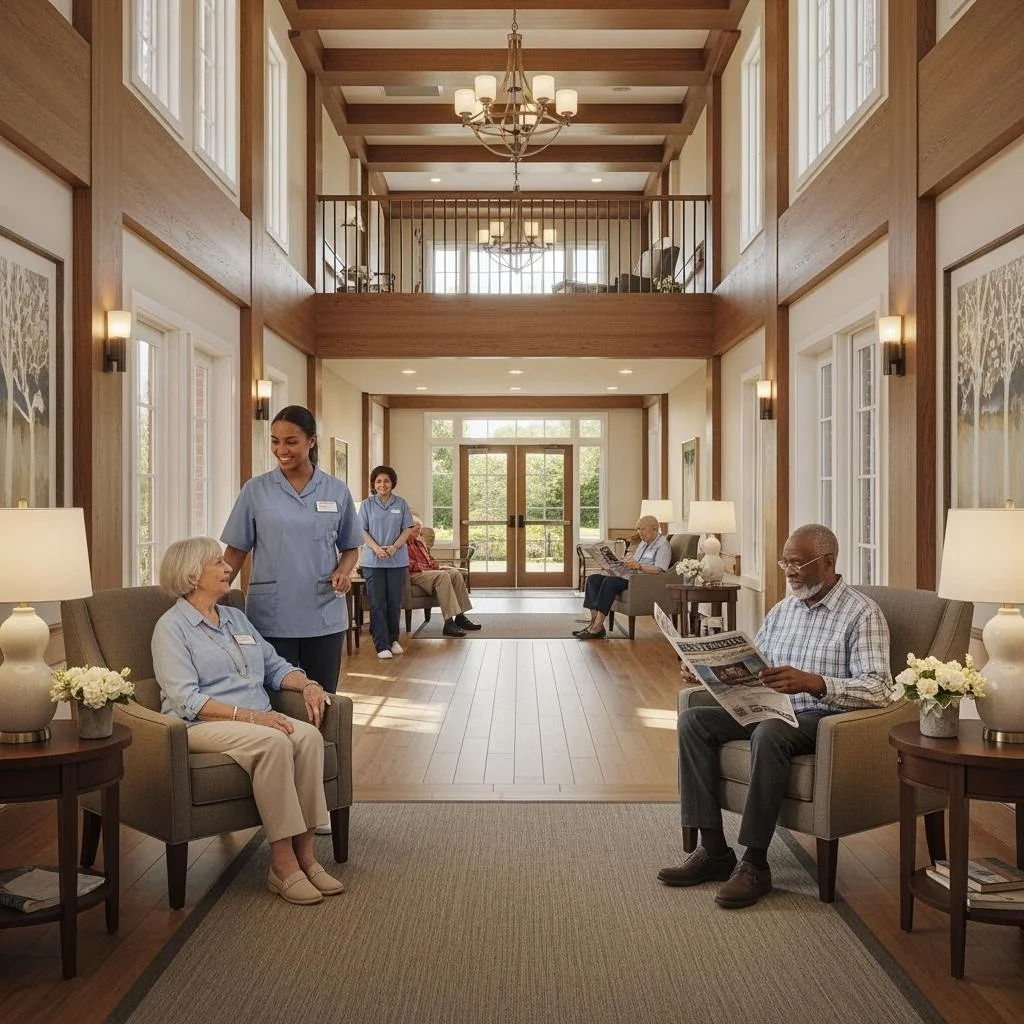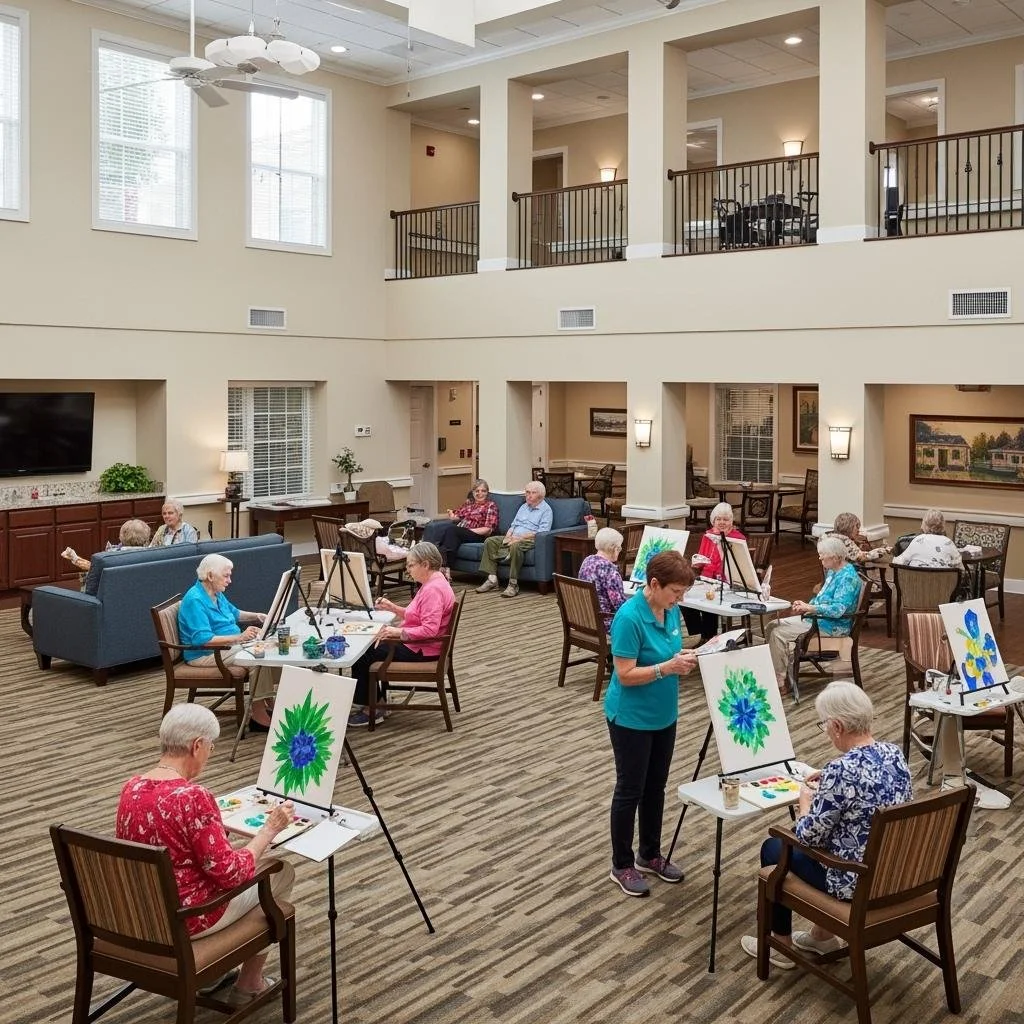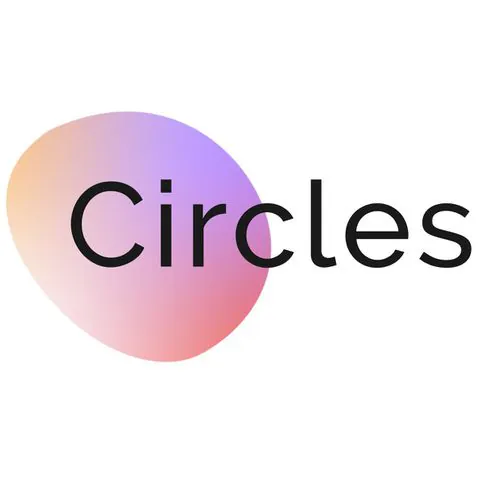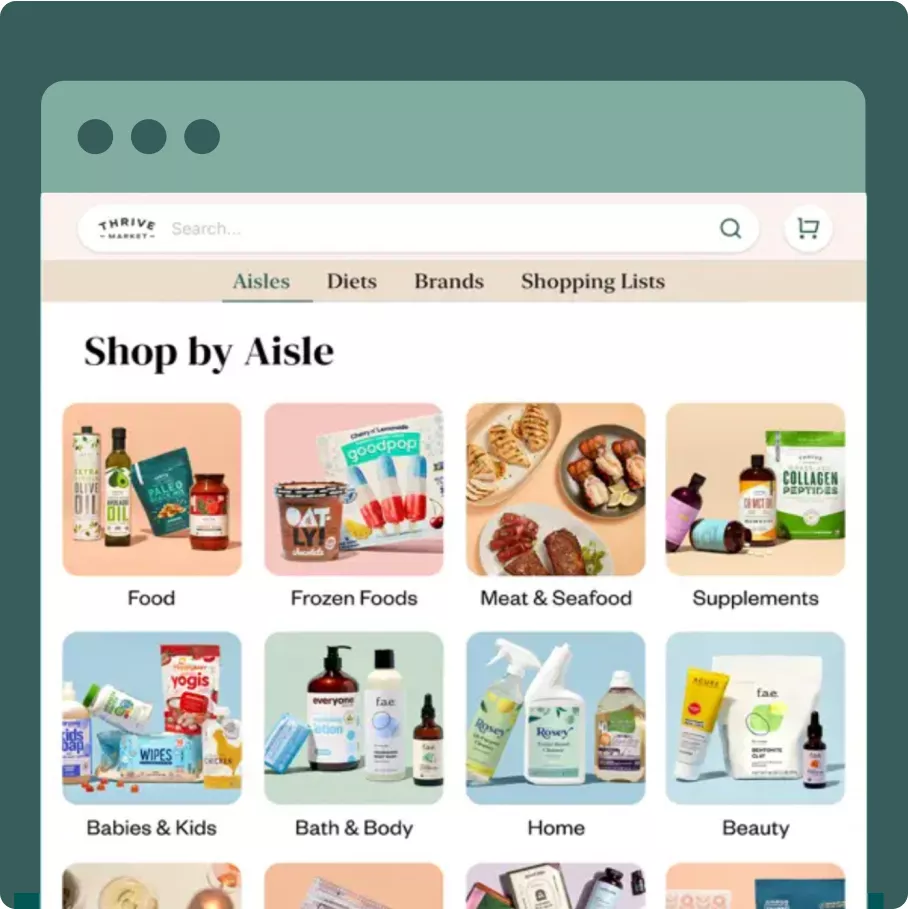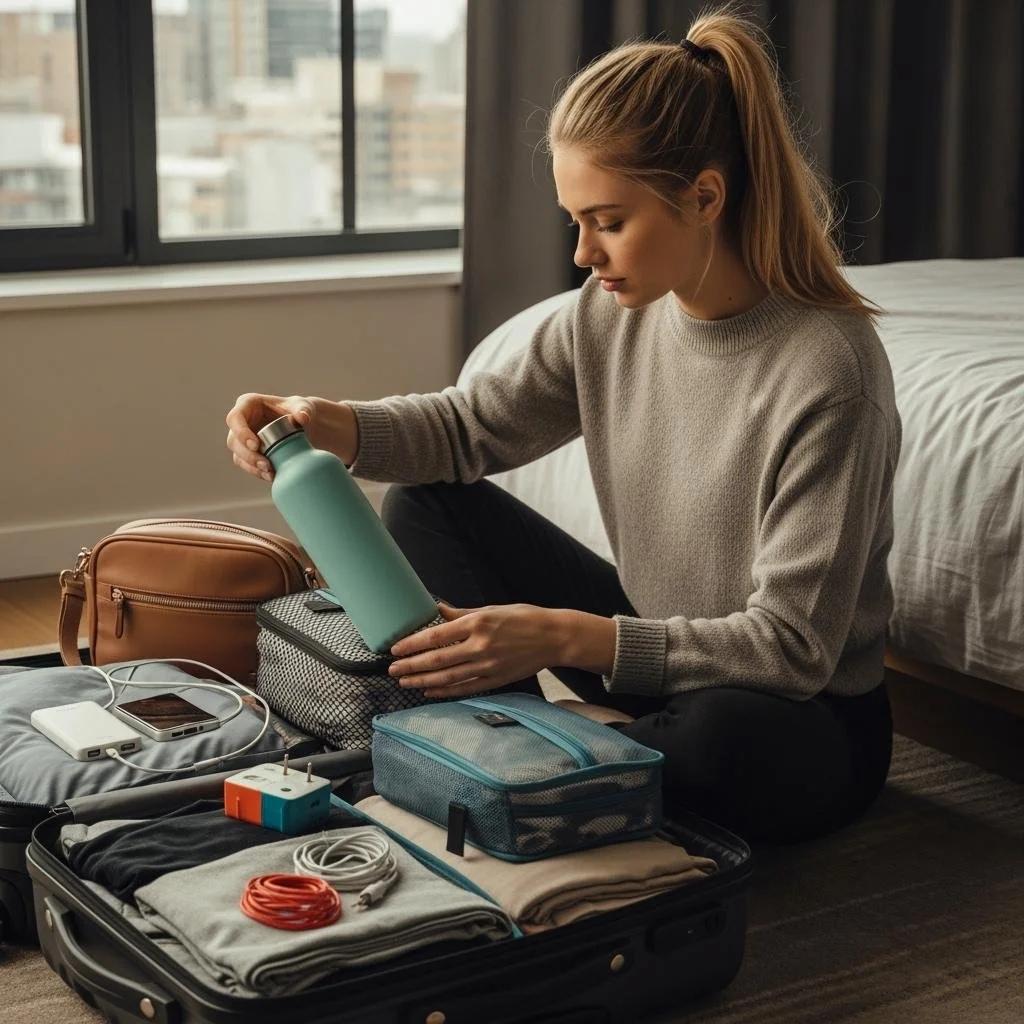Think of your home as a living, breathing organism where every element contributes to your overall well-being. When it comes to energy-efficient garage door installation, most homeowners focus solely on the mechanical aspects, but there's a deeper story unfolding. Smart garage door installation choices can dramatically transform not just your utility bills, but your entire home's energy ecosystem, creating a sanctuary that supports your journey toward conscious living.
The parallels between our personal energy management and our home's energy efficiency are striking. Just as we practice mindfulness to conserve our mental and emotional resources, architectural harmony in garage door design teaches us that every home improvement decision ripples through our living environment. In this article, we share that when we choose energy-saving home improvements, we're not just reducing energy consumption; we're creating a more harmonious relationship between our living space and our well-being.
No. 1
The Hidden Energy Drains in Your Home
Your garage door might seem like a simple barrier between inside and outside, but it's actually one of the most significant energy transfer points in your home. Like a meditation practice that requires consistent attention to maintain inner peace, your home's energy efficiency depends on every component working in harmony. An uninsulated or poorly sealed garage door can be like having a constantly racing mind, draining your home's energy reserves and disrupting the calm, balanced environment you're trying to create.
The energy-saving benefits of proper home insulation extend far beyond mere cost savings. When your garage door is properly insulated and expertly installed, it creates a buffer zone that helps regulate your home's internal temperature naturally. This means your HVAC system doesn't have to work as hard, creating a more peaceful, quieter environment that supports rest and relaxation.
No. 2
The R-Value Revolution: Understanding Your Home's Thermal Intelligence
Just as we measure our personal growth through self-awareness and mindful attention, your garage door's effectiveness can be measured through its R-value, the thermal resistance that determines how well it insulates your space. Think of R-value as your home's thermal intelligence quotient. A garage door with an R-value of 16 or higher acts like a wise elder, maintaining steady temperatures and conserving energy with minimal effort.
The beauty of high-performance insulation lies in its quiet efficiency. Like a skilled meditation teacher who guides without overwhelming, an energy-efficient garage door works silently in the background, creating optimal conditions for your daily life. Polyurethane foam insulation, with its superior R-value per inch, represents the pinnacle of this thermal wisdom, providing maximum insulation in minimal space.
No. 3
Creating Your Home's Energy Sanctuary
When you invest in smart garage door installation, you're essentially creating an energy sanctuary that supports your entire lifestyle. The benefits extend into every corner of your home experience.
A properly insulated garage maintains more stable temperatures, which means items stored there, from holiday decorations to seasonal clothing, are protected from extreme temperature fluctuations. This preservation of your belongings mirrors the way mindful living practices help preserve your mental and emotional resources.
The noise reduction qualities of insulated garage doors create another layer of wellness benefit. The peaceful operation of a well-insulated door eliminates the jarring sounds that can disrupt your morning meditation or evening wind-down routine. It's like having a sound barrier that protects your home's acoustic environment, allowing you to maintain the tranquil atmosphere you've worked to cultivate.
Rejuvenation
Upgrade your space with Rejuvenation's premium garage hardware – where functionality meets timeless design.
No. 4
The Ripple Effect of Conscious Home Improvements
Every decision we make in our homes creates ripples that extend far beyond the immediate change. When you choose energy-efficient garage door installation, you're participating in a larger movement toward sustainable living. This choice aligns with the values of conscious living, where each decision is made with awareness of its broader impact on both your personal wellbeing and the environment.
The financial benefits of energy-efficient garage door installation compound over time, like the cumulative effects of a consistent wellness practice. While the initial investment might seem significant, the long-term savings on heating and cooling costs can be substantial. Many homeowners report energy savings of 10-20% on their utility bills after installing properly insulated garage doors, especially when the garage is attached to the home.
No. 5
The Mindful Selection Process
Choosing the right garage door for your home requires the same thoughtful consideration you'd apply to any major wellness investment. Steel doors with polyurethane insulation offer the perfect balance of durability and energy efficiency, while composite doors provide excellent insulation with minimal maintenance requirements. The key is understanding your home's specific needs and climate challenges.
Consider the door's entire construction, not just the insulation. Look for doors with thermal breaks, which prevent heat transfer through the door's framework, and quality weatherstripping that creates a tight seal. These details might seem minor, but they're like the small daily practices that make a significant difference in your overall wellbeing.
No. 6
The Installation Advantage: Why Expertise Matters
Just as you wouldn't attempt to perform surgery on yourself, energy-efficient garage door installation requires specialized knowledge and tools. Expert installers understand the nuances of proper sealing, the importance of correct track alignment, and the critical safety considerations involved in spring tension adjustment. This expertise ensures that your energy-efficient door performs optimally from day one.
The installation process itself offers an opportunity for mindful observation. Watch as skilled technicians transform your garage entrance into an energy-efficient portal. Notice how they pay attention to every detail, from the precise alignment of tracks to the careful adjustment of spring tension. This attention to detail mirrors the mindfulness we bring to our own wellness practices.
No. 7
Embracing the Energy-Efficient Lifestyle
Investing in energy-efficient garage door installation is more than a home improvement project; it's a declaration of your commitment to conscious living. It represents a shift from reactive to proactive thinking, from accepting energy waste to actively creating efficiency. This mindset extends naturally to other areas of your life, encouraging more thoughtful consumption and greater awareness of your environmental impact.
The peace of mind that comes from knowing your home is operating efficiently creates mental space for other pursuits. When you're not worried about energy waste or uncomfortable temperature fluctuations, you can focus more fully on the activities and relationships that bring meaning to your life. This is the true value of energy-efficient home improvements: they create the stable, supportive environment that allows you to thrive.
Takeaways
Your garage door stands as a guardian at the threshold between your private sanctuary and the outside world. By choosing energy-efficient installation, you're ensuring that this guardian serves not just as a barrier, but as a thoughtful steward of your home's energy resources. In the grand symphony of conscious living, every element of your home plays a part in creating harmony between your values and your daily experience.
Looking for Home resources?
Looking to enhance your living space and create a sanctuary that supports your well-being? Explore our home partners who offer a wide range of resources to elevate your home environment.


















